How to Wash Silk?
How to Wash Silk?
Silk, with its luxurious texture and elegant sheen, is a fabric that has captivated human beings for centuries. From its origins in ancient China to its modern-day presence on fashion runways and in elegant homes, silk continues to be a symbol of opulence and refinement. However, this delicate fabric requires special care to maintain its beauty and longevity. In this guide, we'll delve into the art of washing silk, sharing valuable tips and insights to help you master the delicate process. Let’s dive in to how to wash silk….
Understanding Silk Fabrics
Before we jump into the washing process, it's essential to understand what silk is and why it requires gentle handling. Silk is a natural protein fiber produced by silkworms, primarily the Bombyx mori species. The unique structure of silk fibers contributes to their lustrous appearance and soft feel. However, these very characteristics also make silk vulnerable to damage when exposed to harsh chemicals or rough treatment.
Check the Care Label
The first step in washing any silk garment is to carefully read the care label. Manufacturers often provide specific instructions for washing and caring for their silk products. These instructions should always take precedence, as they are tailored to the particular type of silk and its construction. If the care label recommends dry cleaning, it's best to follow that advice to avoid any potential damage.
Spot Test
If you're unsure about the fabric's colorfastness or potential reaction to water, perform a spot test in an inconspicuous area. Dampen a small, hidden section of the fabric and blot it with a clean, white cloth. If you notice any color transfer or fabric damage, avoid washing the entire item and consider seeking professional cleaning.
Hand Washing Silk
When it comes to washing silk at home, hand washing is the preferred method. Here's a step-by-step guide to washing your silk garments by hand:
- Prepare the Wash Basin: Fill a clean basin with lukewarm water. Don’t use hot water, as it can damage the silk fibers.
- Use Gentle Detergent: Choose a mild, pH-neutral detergent specifically formulated for delicate fabrics. Avoid detergents that contain bleach or enzymes, as these can weaken silk fibers.
- Submerge the Garment: Gently submerge the silk garment in the water. Gently agitate the water to distribute the detergent.
- Gently Clean: Gently rub the fabric between your fingers to clean it. Pay extra attention to any stained or soiled areas if needed. Avoid excessive scrubbing, twisting, or wringing, as this can stretch or damage the fabric.
- Rinse Thoroughly: Empty the basin then refill it with clean, lukewarm water. Rinse the garment by gently swishing it through the water until all detergent residue is gone.
- Remove Excess Water: To remove excess water, carefully press the garment between two clean, absorbent towels. Please do not wring or twist the fabric.
- Drying Silk: Lay the damp silk garment flat on a clean, dry towel. Reshape the garment to its original form, smoothing out any wrinkles or creases. Allow it to air dry in a cool, shaded area, away from direct sunlight or heat sources.
Machine Washing Silk
While hand washing is the recommended method for silk care, some silk garments might be labeled as machine washable. If your silk garment's care label indicates that machine washing is acceptable, follow these guidelines:
- Use a Gentle Cycle: Place the silk garment inside a mesh laundry bag to protect it from abrasion. Select the gentle cycle with cold water.
- Use Mild Detergent: Don’t use too much but add a small amount of mild detergent to the machine. Again, avoid bleach or enzyme-containing detergents.
- Avoid Overloading: Only wash silk items with similar colors and fabrics to prevent color bleeding and potential damage.
- Extra Rinse Cycle: Set the machine for an extra rinse cycle to ensure all detergent is thoroughly rinsed out.
- Drying Silk: After the wash cycle is complete, immediately remove the silk garment from the machine to prevent creases. Follow the same air-drying process as mentioned earlier.
Getting Rid of Wrinkles
There are different ways to get rid of wrinkles from your silk fabric. You can use the steamer. Before using a steamer, it is important to make use of the appropriate one designed for delicate materials. Ensure the material is completely dry before using a steamer on it. Be careful and don’t allow the steamer to get very hot. In case your steamer drips leaving visible spots of water stain on your fabric, do not panic. Dip your fabric in cold water and spread it out for some time to dry. Once your garment dries up, the stains should automatically disappear.
You can also remove wrinkles by ironing your silk fabric. However, it is important to take the following steps when ironing your silk fabric.
- Ensure that the fabric is a bit damp.
- Turn the fabric inside out and iron the inside at a low temperature
- Set your iron to delicate.
Storing Silk
Proper storage is equally important for maintaining the quality of your silk items. Store clean, dry silk garments in a cool, well-ventilated area. Avoid hanging silk garments, as the fabric can stretch under its weight. Instead, fold them and place them in breathable fabric storage bags.
Conclusion
Silk, a fabric known for its unmatched elegance, requires special care to retain its beauty and texture over time. Whether you're washing a delicate silk blouse or luxurious silk bedding, the key is to handle it gently, use mild detergents, and avoid harsh treatments. By following the guidelines outlined in this guide, you'll be well on your way to mastering the art of washing silk and enjoying your cherished silk items for years to come. Remember, each silk piece is a work of art, deserving of the utmost care and attention.




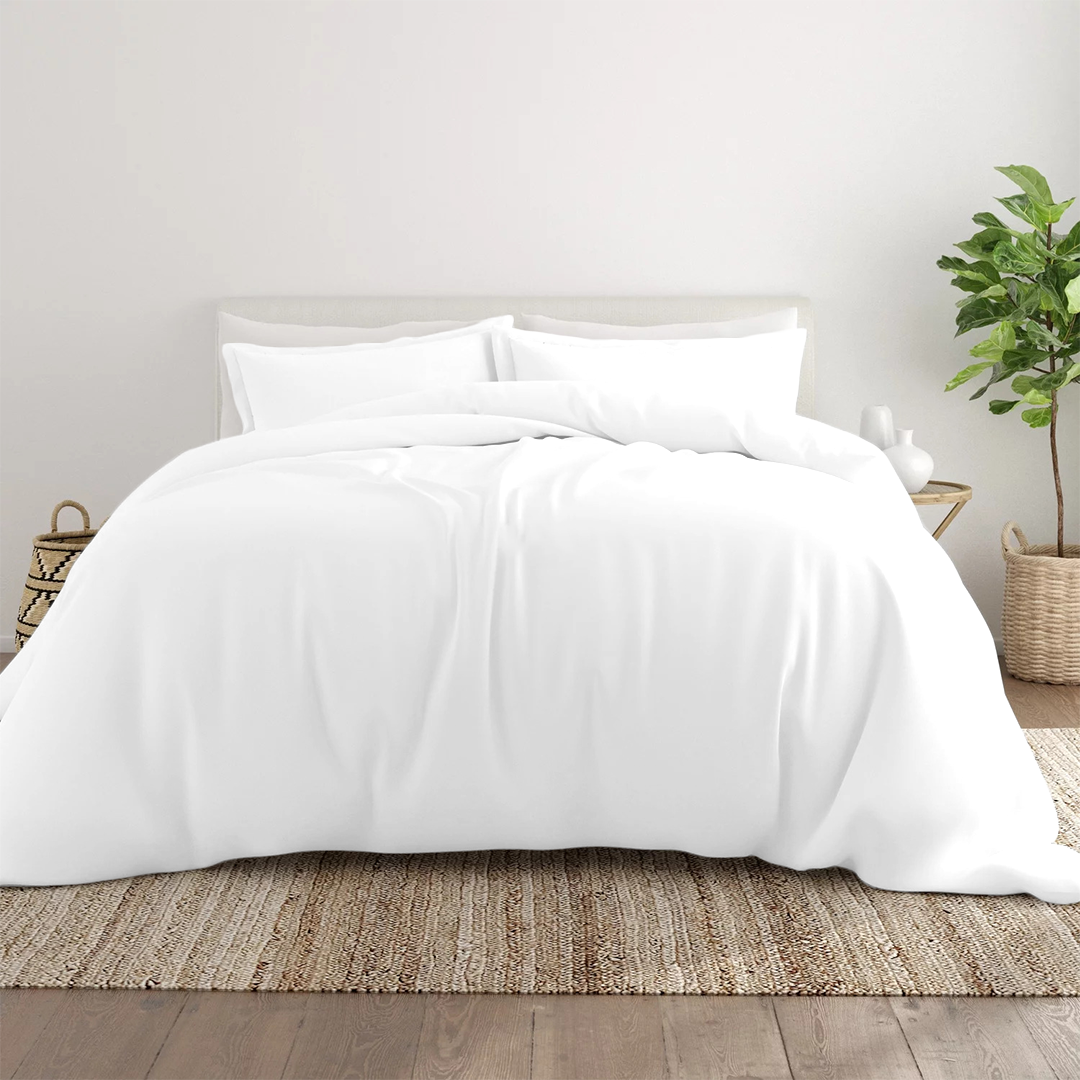











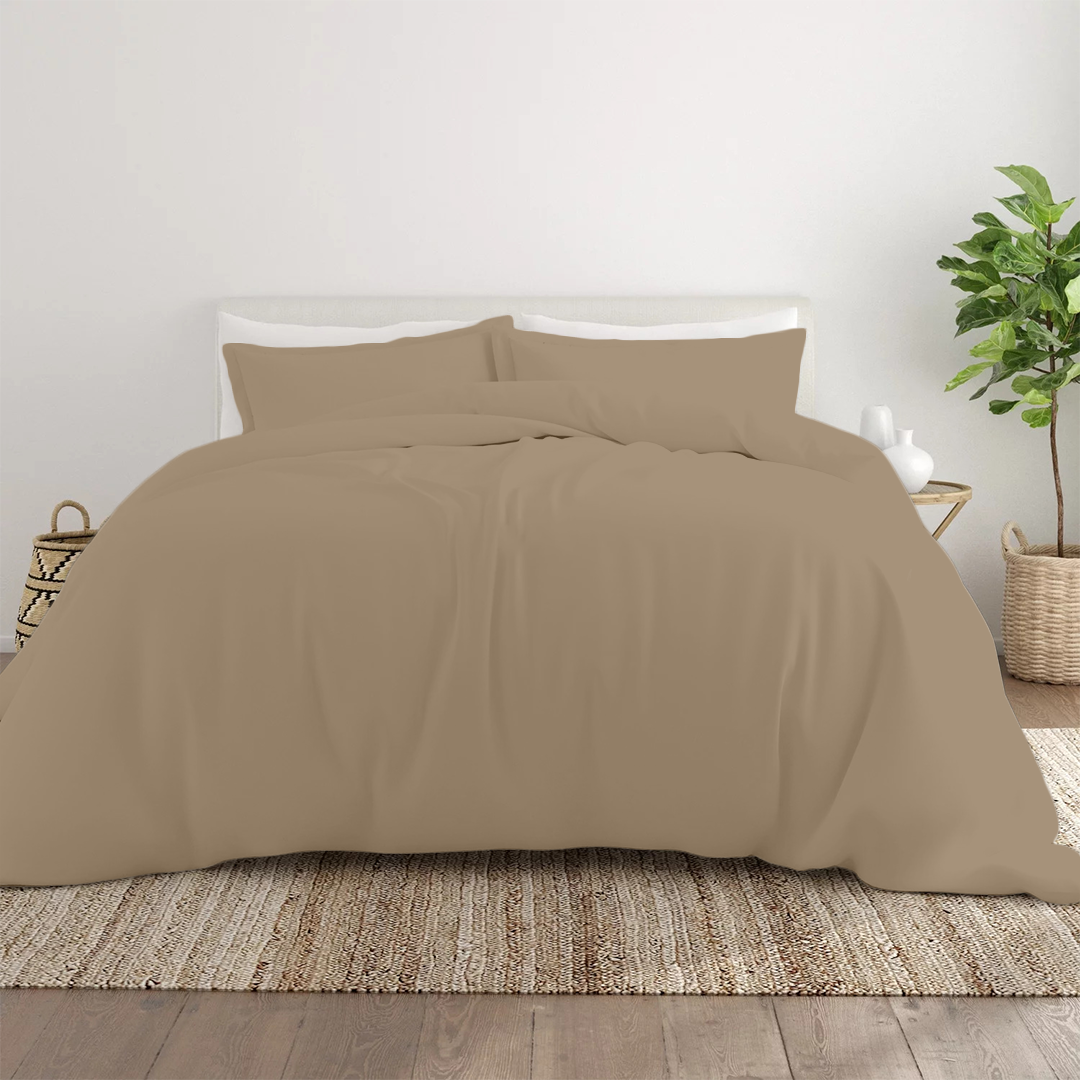

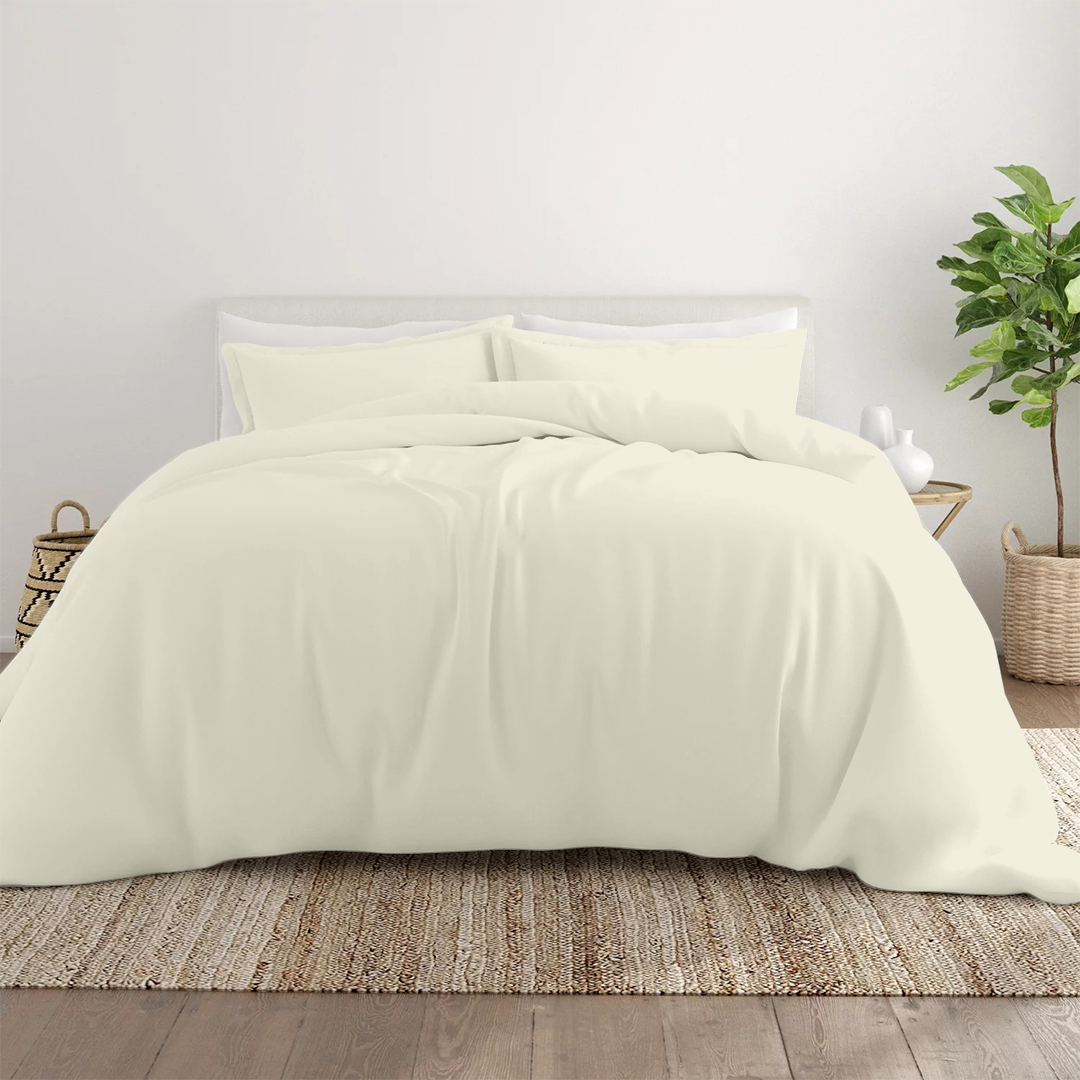

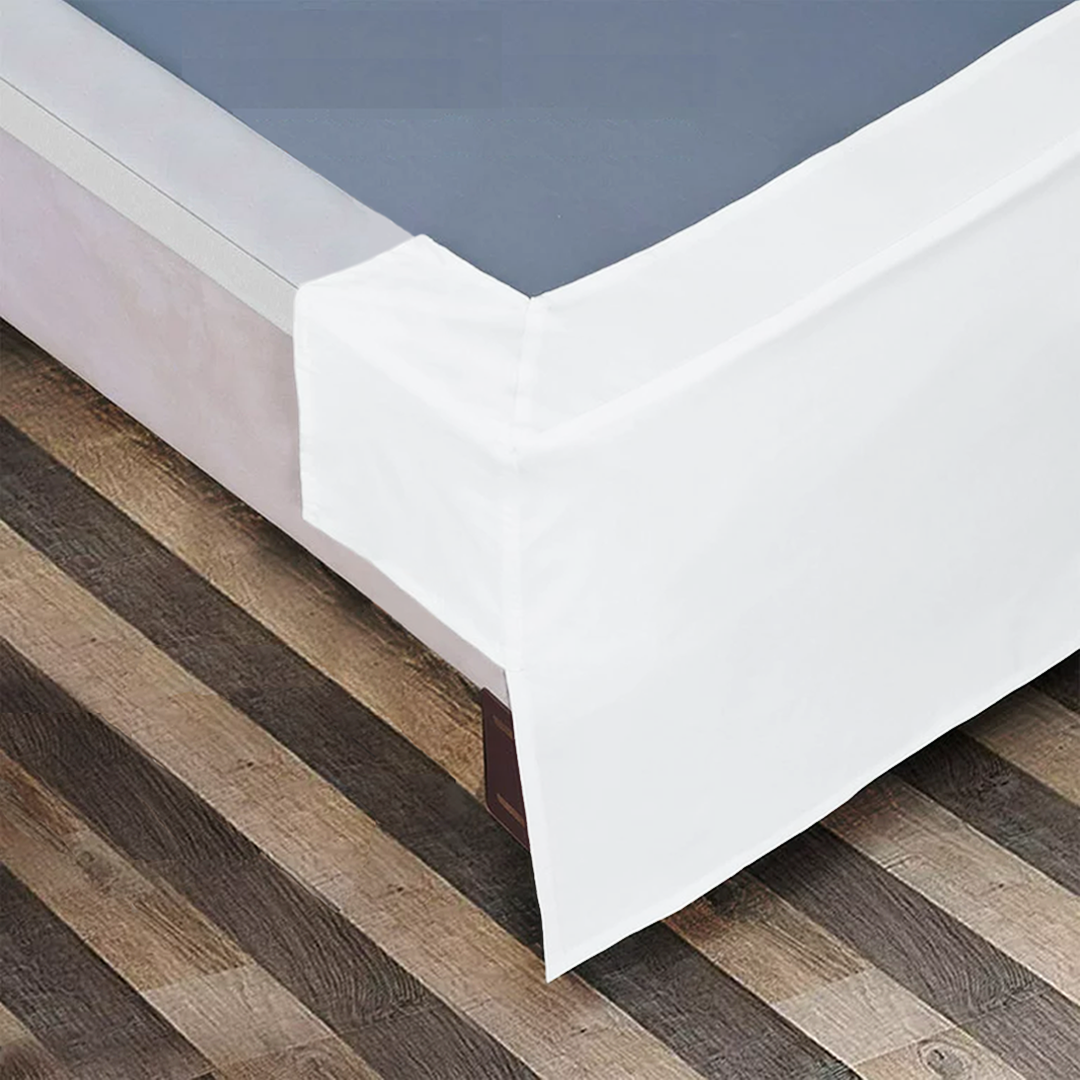



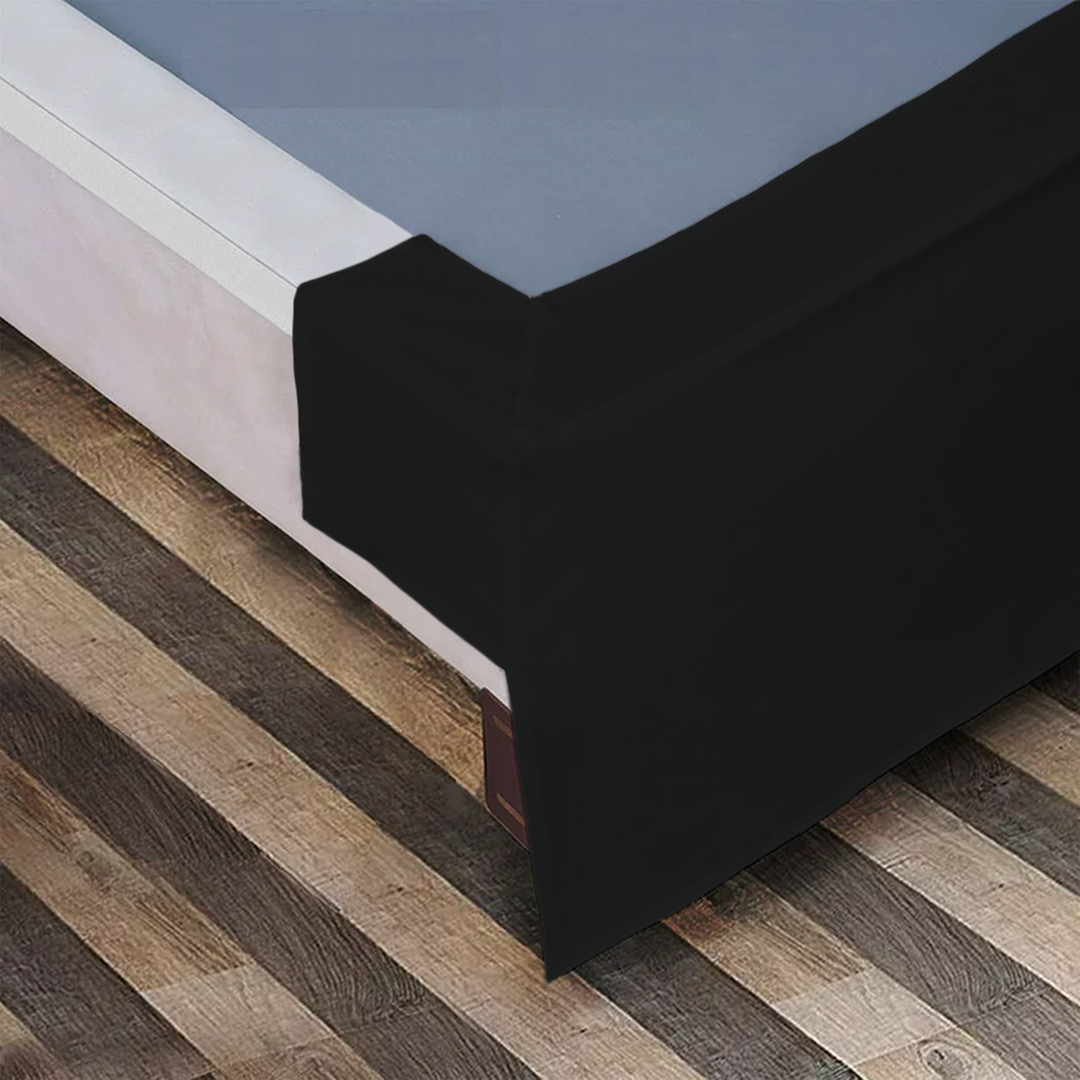



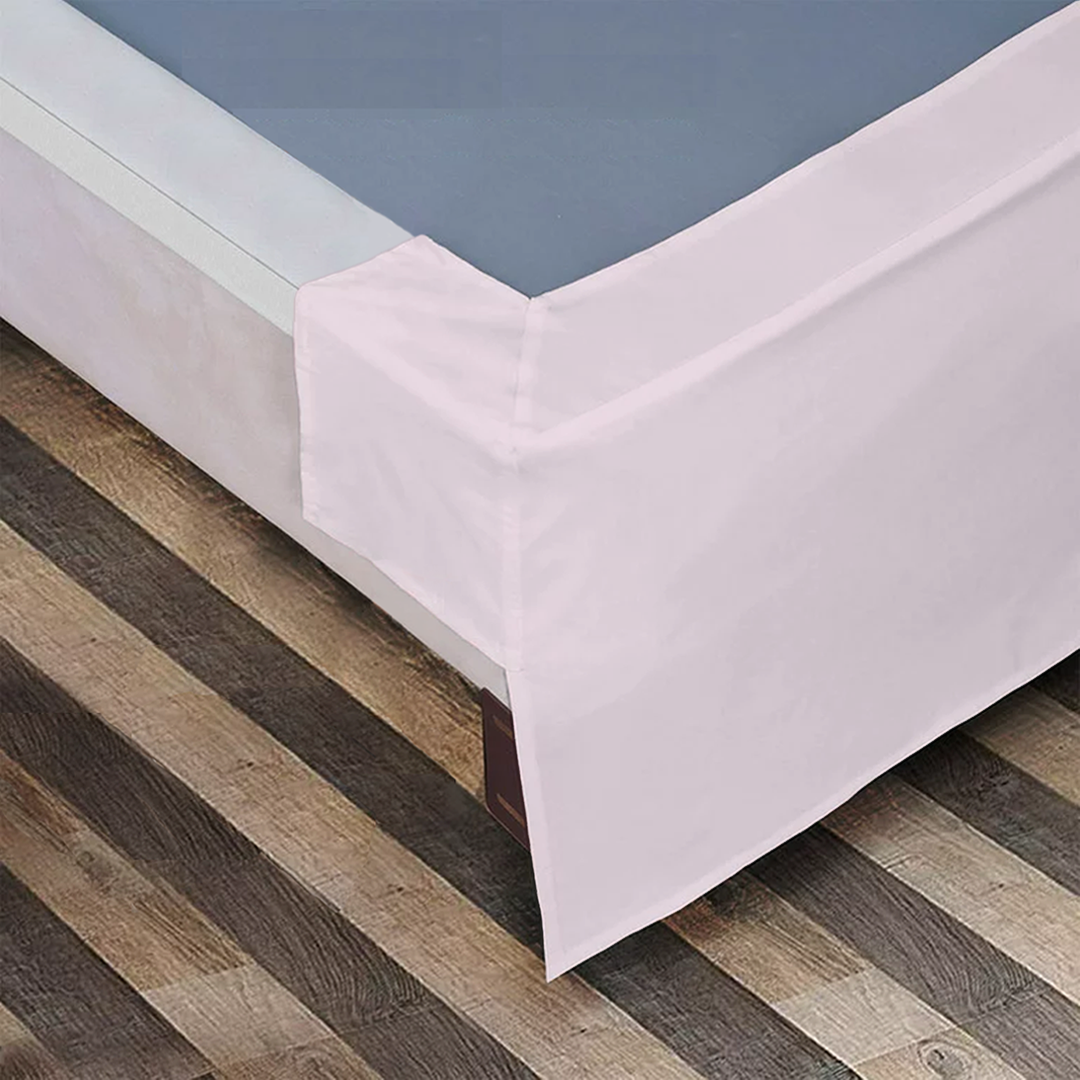



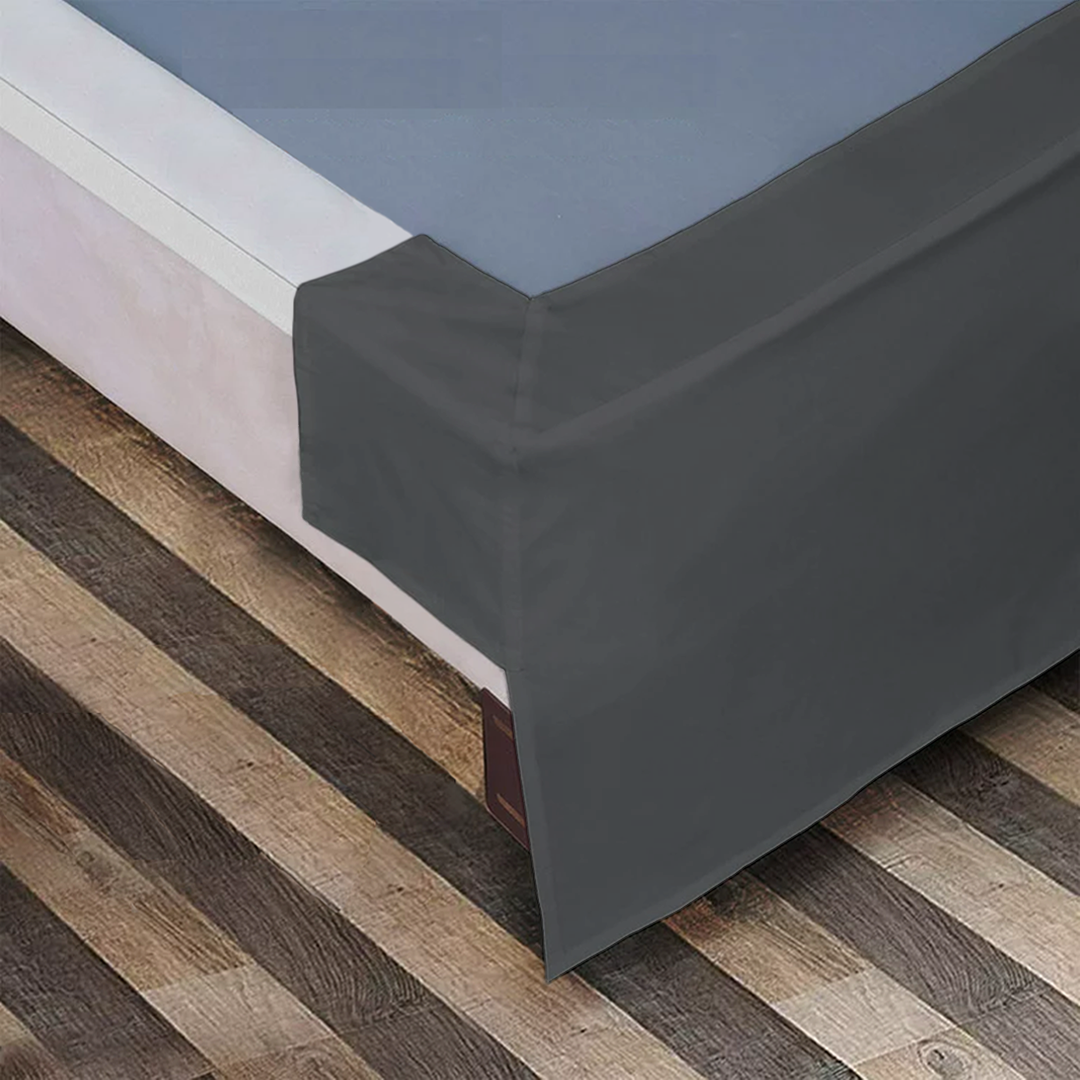




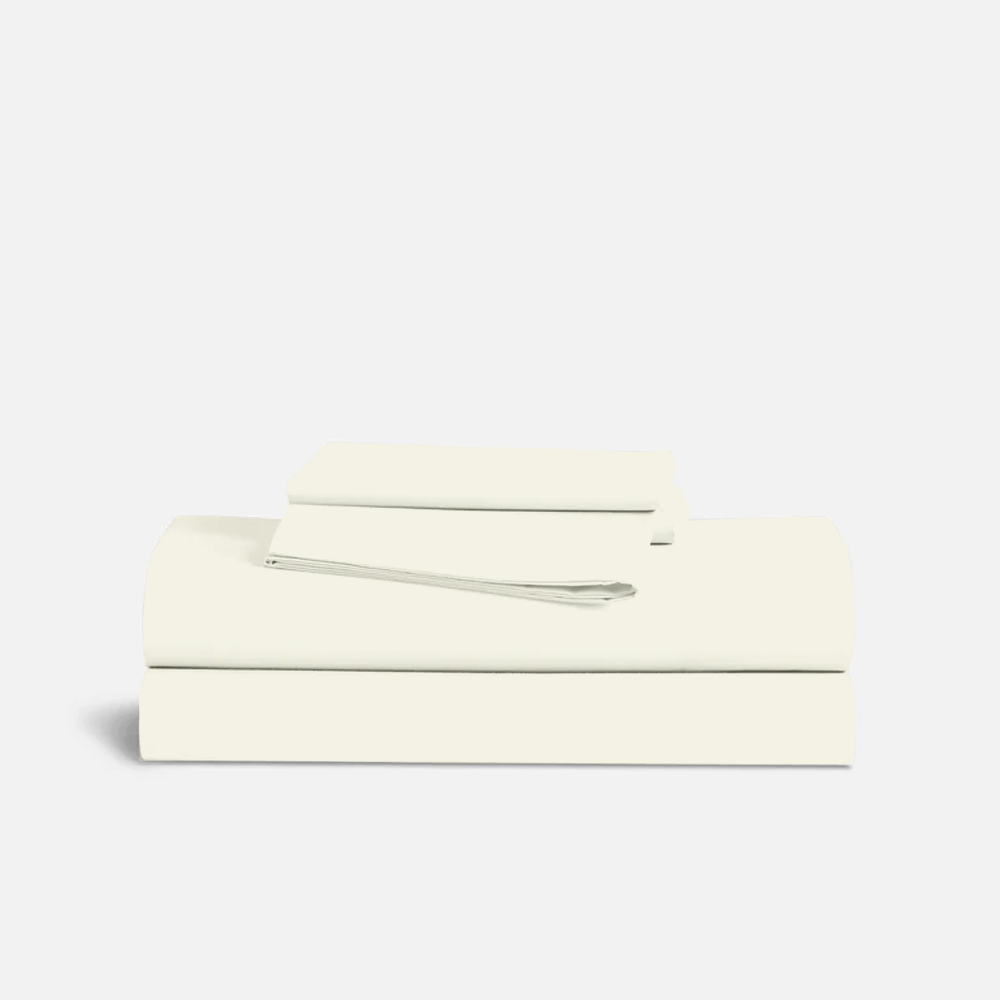






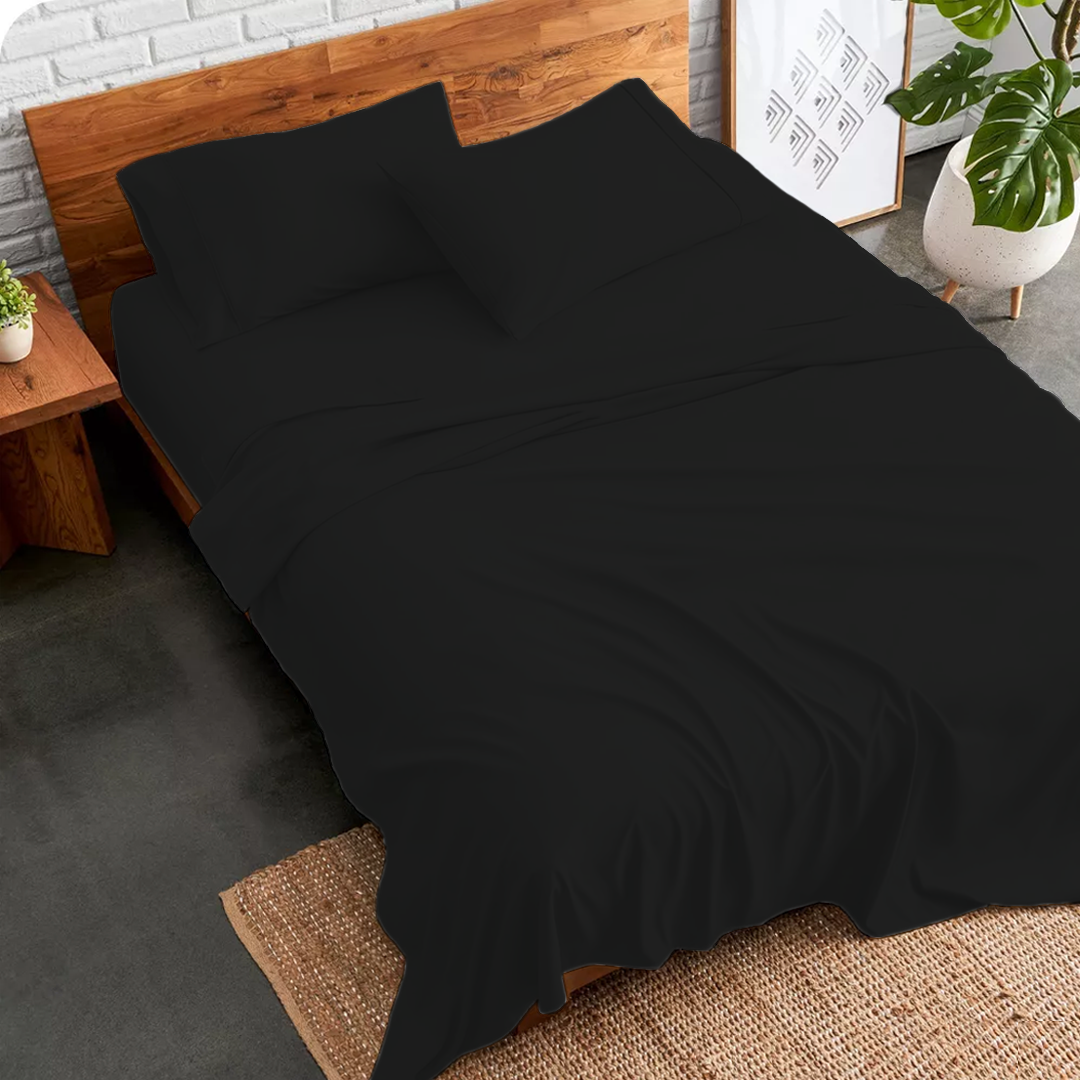




















Leave a comment
This site is protected by hCaptcha and the hCaptcha Privacy Policy and Terms of Service apply.